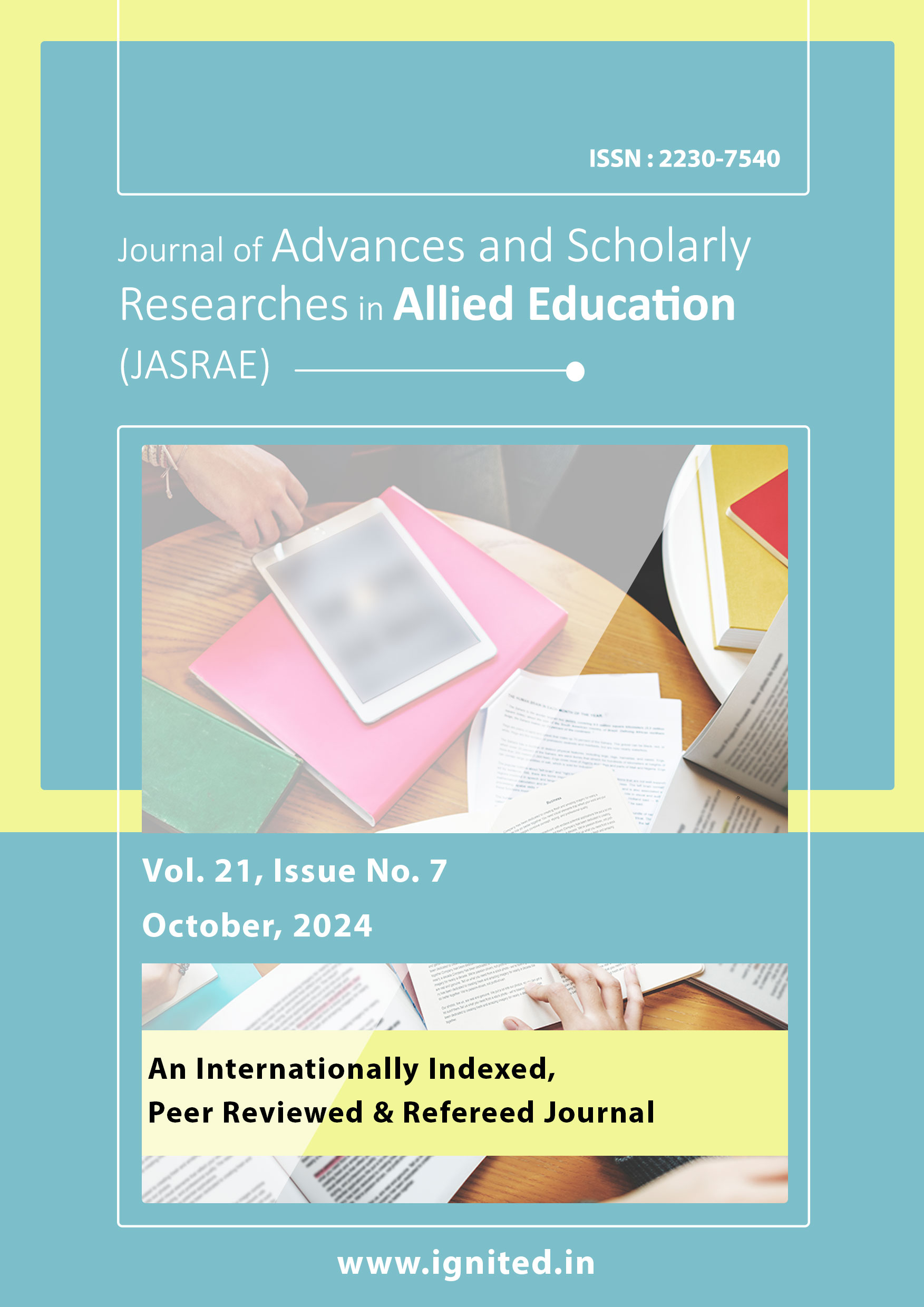Applications and Implementations of Pairing-Free Directed Signature Techniques in Real-World Scenarios
DOI:
https://doi.org/10.29070/zqq83789Keywords:
Internet of Things, signature techniques, VANET systems, cryptographic, Digital signatureAbstract
Vehicular Ad-hoc Networks (VANETs), a type of Internet of Things system, allow groups of cars to communicate with one another and with traffic monitoring devices, improving traffic safety and quality of life. In a VANET, vehicles are used by drivers and the system controller to report not only their own status but also that of the road, traffic, and environment. Since VANET networks are open to the public, there is a significant influx and outflow of automobiles. This feature has led to the emergence of two top-tier requirements for VANET security: first, that systems ensuring message security must be quick, and second, that vehicles in a VANET must be held responsible for the accuracy of the information they provide. This study proposes an efficient pairing-free signature technique for VANETs that protects against signer identity fraud, even in situations of insider attacks, without the need for a tamper-proof device.
References
Zhou, Lifeng & Yin, Xinchun. (2022). An improved pairing-free certificateless aggregate signature scheme for healthcare wireless medical sensor networks. PLOS ONE. 17. e0268484. 10.1371/journal.pone.0268484.
Yang, Lu & Li, Ji-guo. (2019). Constructing pairing-free certificateless public key encryption with keyword search. Frontiers of Information Technology & Electronic Engineering. 20. 1049-1060. 10.1631/FITEE.1700534.
Kumar, Vivek & Ray, Sangram & Sadhukhan, Dipanwita & Karmakar, Jayashree & Dasgupta, Mou. (2022). Enhanced pairing‐free identity‐based broadcast authentication protocol in WSN using ElGamal ECC. SECURITY AND PRIVACY. 10.1002/spy2.278.
Zhang, Fangguo & Safavi-Naini, Reihaneh & Susilo, Willy. (2004). An Efficient Signature Scheme from Bilinear Pairings and Its Applications. 277-290. 10.1007/978-3-540-24632-9_20.
Salin, Hannes. (2021). Pairing-Based Cryptography in Theory and Practice.
Shams. I. Ben, 2007, “Signature Recognition by Segmentation and Regular Line Detection”, In Proceedings of Tencon-2007 IEEE Region 10 Conference, pp. 1-4.
Porwik P., 2007, “The compact three stages method of the signature recognition”, In Proceedings of the 6th International Conference on Computer Information Systems and Industrial Management Applications, pp. 282 – 287.
E. Özgündüz, T. Şentürk, M. Karslıgil, Off-Line Signature Verification and Recognition by Support Vector Machine. EUSIPCO, 2005.
Bhattacharyya D., Bandyopadhyay S., Das P., Ganguly D., Mukherjee S., 2008, “Statistical Approach for Offline Handwritten Signature Verification”, Journal of Computer Science, 4 (3), pp. 181-185.
Madasu VK., Lovell B., Kubik K., 2005, “Automatic Handwritten Signature Verification system for Australian Passports”. In Proceedings of Science, Engineering and Technology Summit on Counter-Terrorism Technology, pp. 53-66.
Majhi B., Reddy Y. , Babu D., 2006, “Novel Features for Off-line Signature Verification, International”, Journal of Computers, Communications and Control , 1(1), pp. 17-24
Toscano-Medina K., Sanchez-Perez G., Nakano-Miyatake M., and PerezMeana H., 2001, “On-line signature recognition using feature extraction and multilayer neural networks”. Telecom- munications and radio engineering c/c of elektrosviaz' and radio tekhnika, 56(1), pp.58-70.
McCabe A., Trevathan J., Read W., 2008, “Neural network-based handwritten signature verification”, Journal of Computers, 3(8), pp.9-22.
Mautner P., Rohlik O., Matousek V., Kempf J., 2002, “Signature verification using art-2 neural network”. In Proceedings of the 9th International Conference on Neural Information Processing.
Horvath A., Kovari B., 2010, “Usability of neural networks in off-line signature verification”, In Proceedings of 10th International Symposium of Hungarian Researchers on Computational Intelligence and Informatics.











